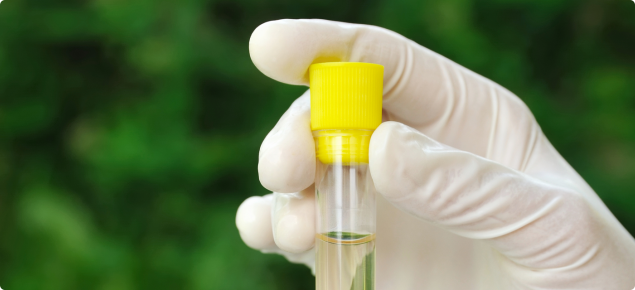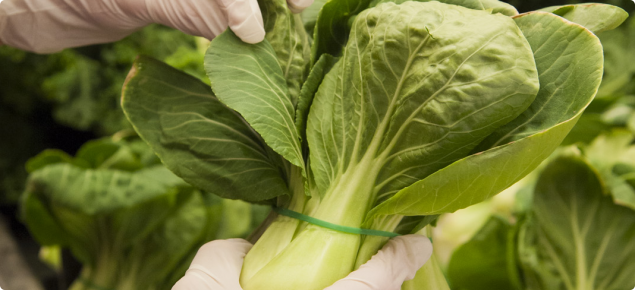Safe, wholesome fruit and vegetables are part of daily production at operations throughout Western Australia thanks to grower compliance with food safety systems. While everyone knows quality assurance schemes provide market access, it is only by using food safety as a business tool that the real value of a Quality Assurance (QA) scheme can be realised.
QA schemes, such as Freshcare and SQF, form the basis of food safety controls on farms. Additional controls that might be useful for your operation should be adopted because these could provide an edge over your competitors in the marketplace.
For example, Freshcare requires water testing every three months. Weather events vary and in some circumstances this might not be frequent enough to show that water is not the source of a contamination event.
Recently a leafy green processor found E. coli in bags of lettuce containing product from two growers. During traceback the grower was able to provide monthly water test results and product testing over and above Freshcare requirements. The extra testing costs were more than outweighed by maintaining the immediate business with his customers.
Importantly, the producer had evidence that he was applying his food safety system more effectively than his competitor. There is evidence that if a grower embraces food safety as a business imperative, customers will give priority to that grower when offering new products. You then have the ability to take greater control over the way your product is handled through the chain.
This is food safety driving quality and customer relationships.
Why food safety?
The experience in the United States spinach E. coli O157:H7 outbreak in 2006 clearly demonstrated the long-term damage to business that results when contamination occurs and food safety controls break down. Safe growing practices keep you in business, maintain your income and your lifestyle.
There are always costs to maintaining a QA system but you might be surprised at how small these are compared with other running costs on the farm. One grower in the Perth region calculates his food safety system costs are 2% of his fertiliser costs. Given that this ensures a satisfied customer base and a robust platform for business growth, it is a small price to pay.
It is also worth considering how food safety might be used as a business tool to drive innovation and save money. For example, leafy green salad vegetables are highly perishable, so postharvest handling is an important part of keeping the product fresh and safe. Minimising the time from harvest to coolroom storage is critical to keeping product cool. Not only does this improve food safety control, but it also reduces water loss leading to improved yields.
Other more technologically-driven innovations can be used such as field sonic rodent deterrents. While this sort of equipment requires significant capital expenditure, the level of control it provides over foreign body contamination will lead to less load rejection by processors.
If you invest time and money into your food safety system, your customers are likely to have a high level of confidence in your production. This is a basis for building business relationships and demonstrating you can consistently deliver safe produce to an increasingly demanding market. Your business opportunities are likely to expand and you will assist the growth of the Western Australian food industry!


